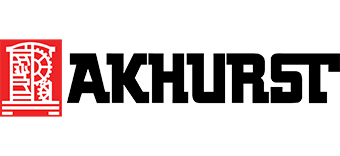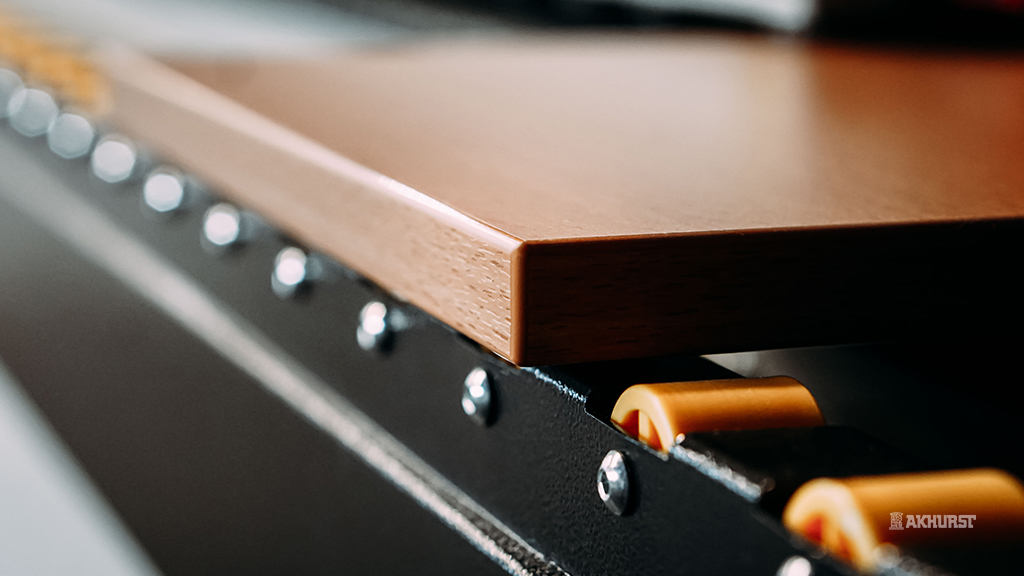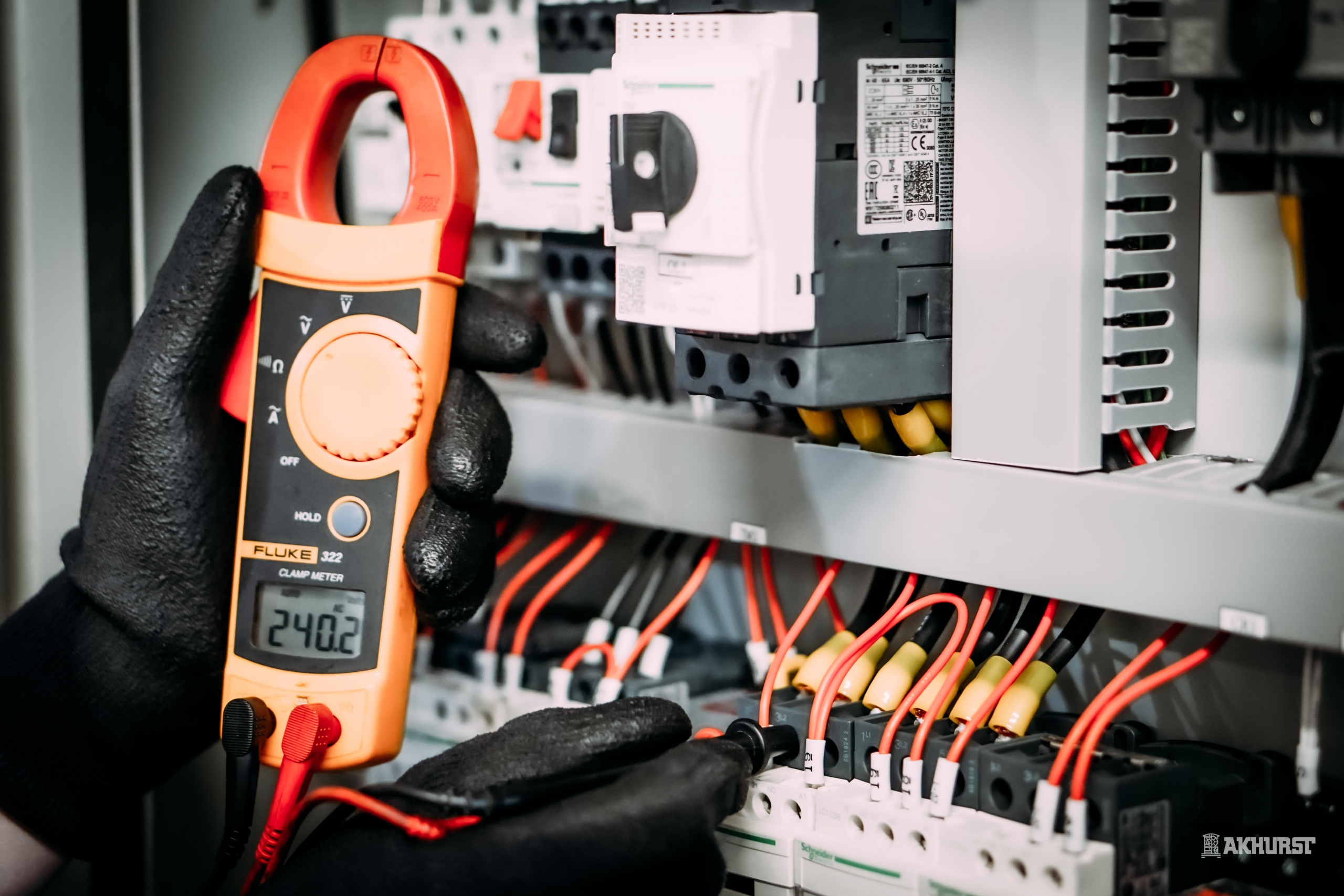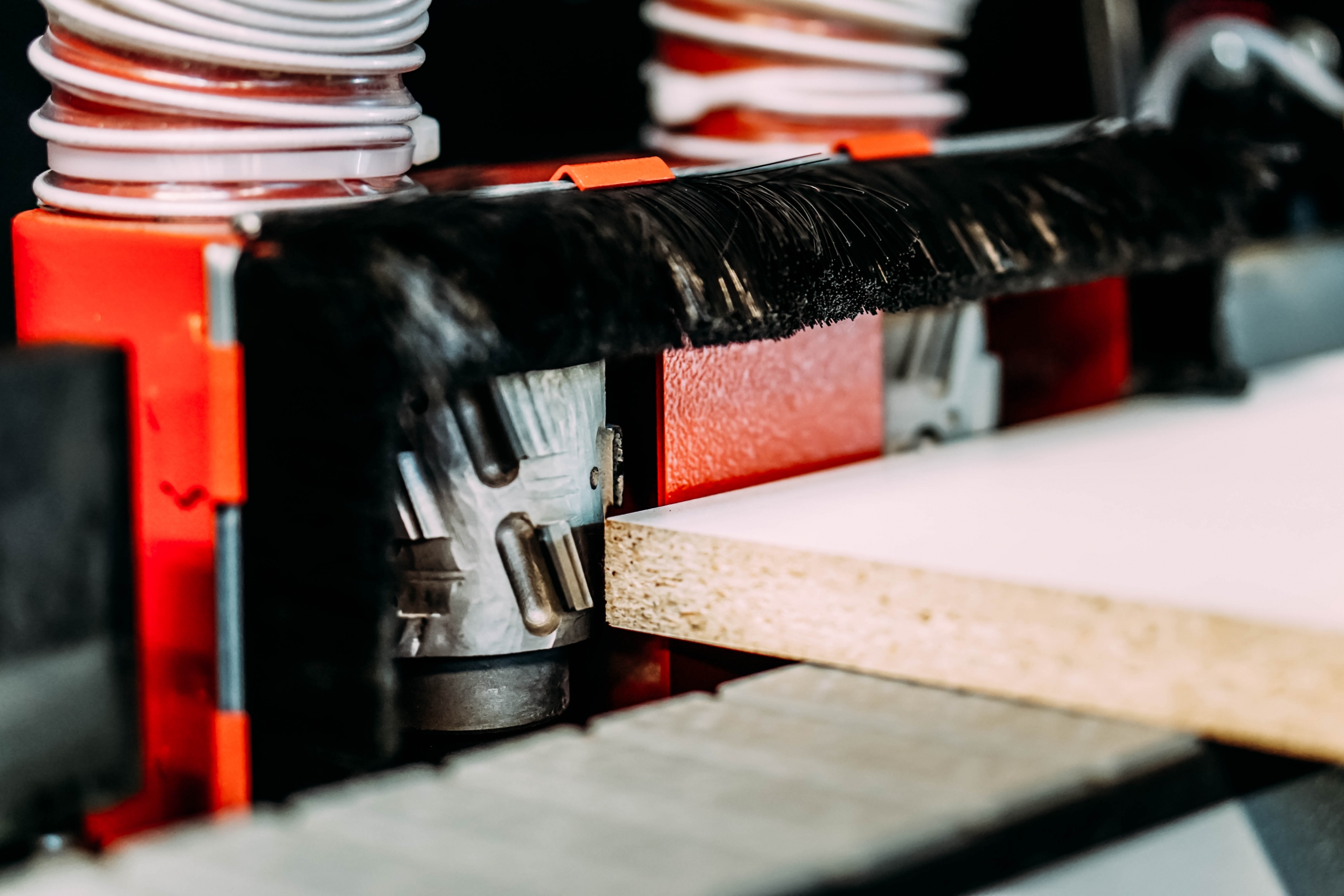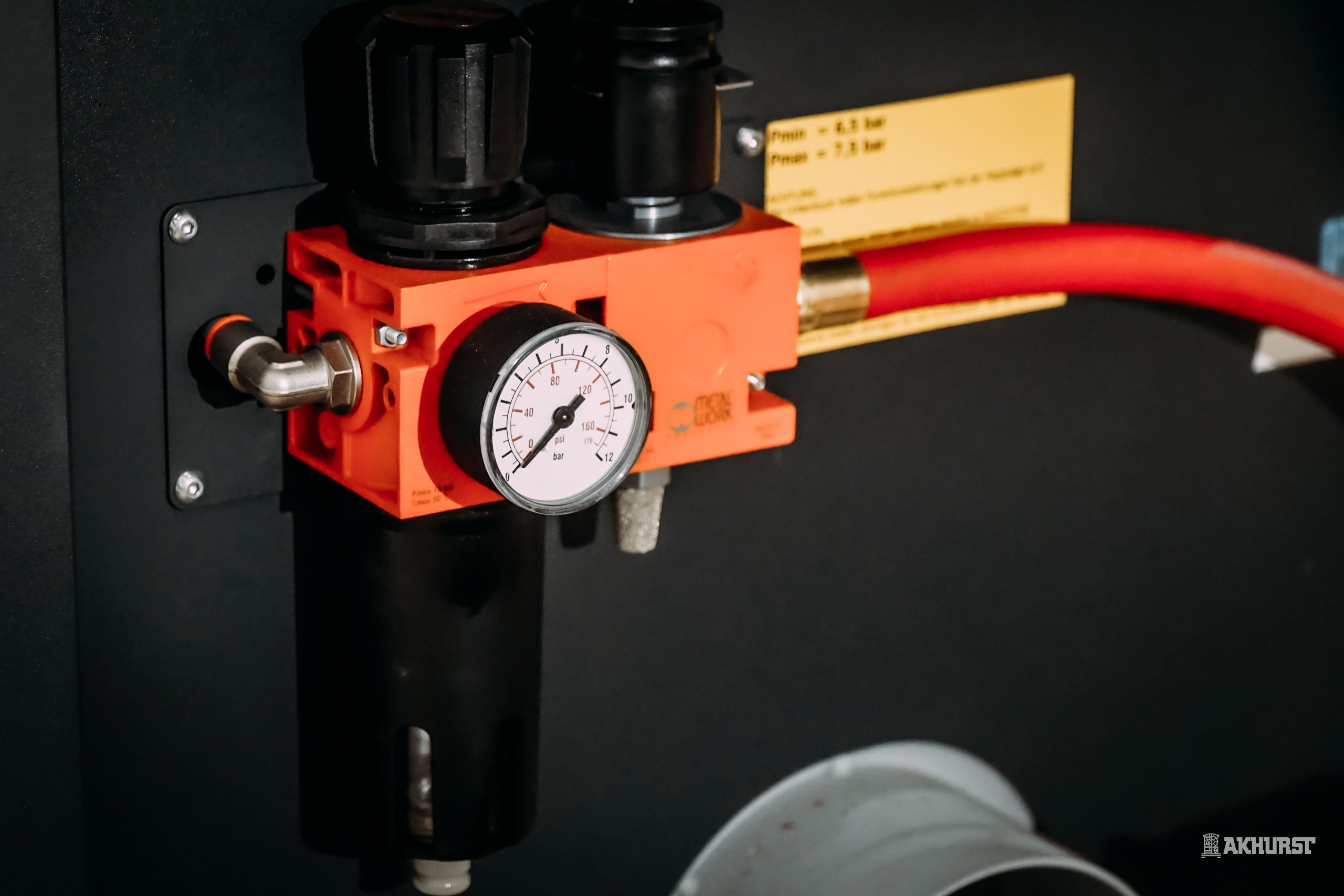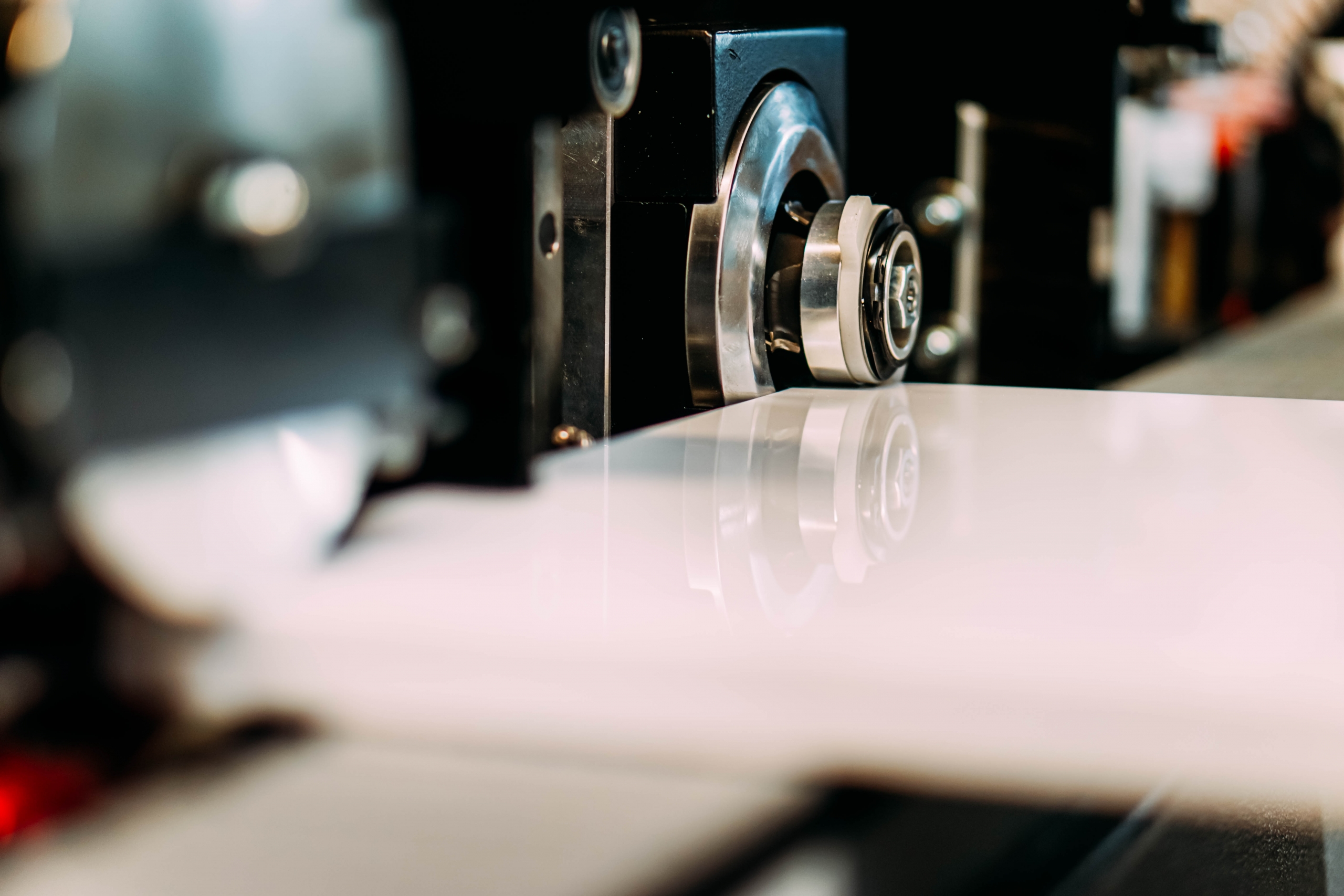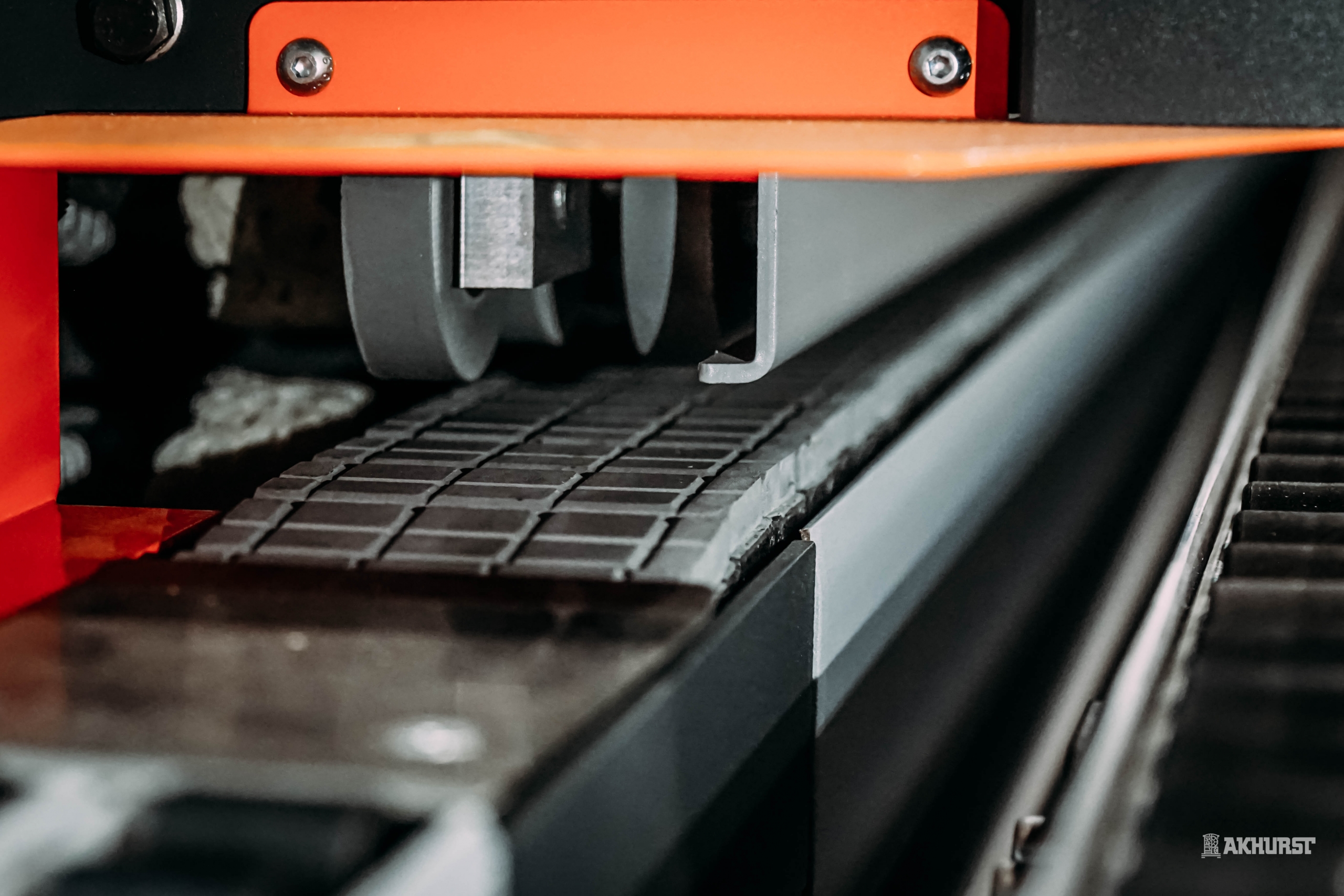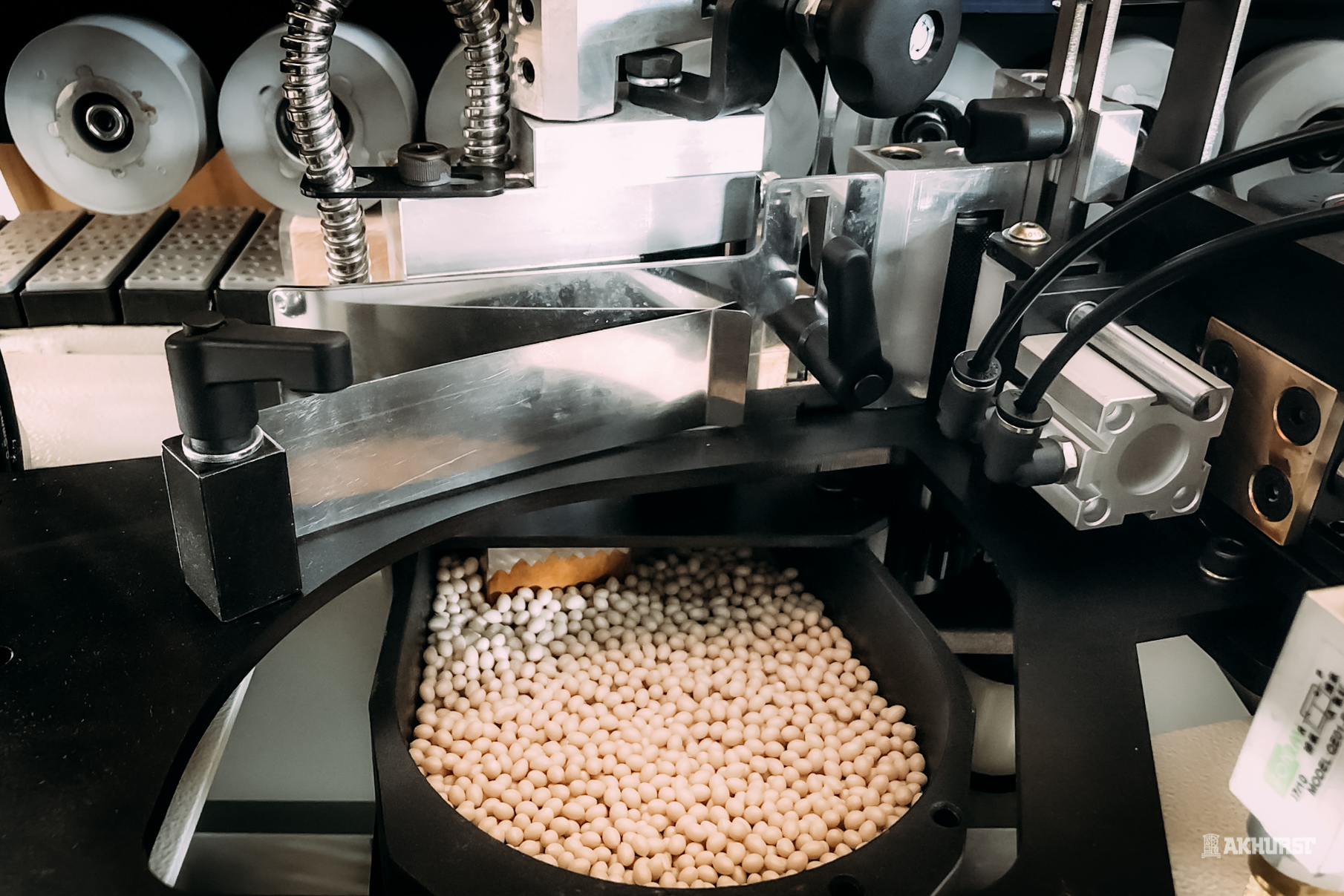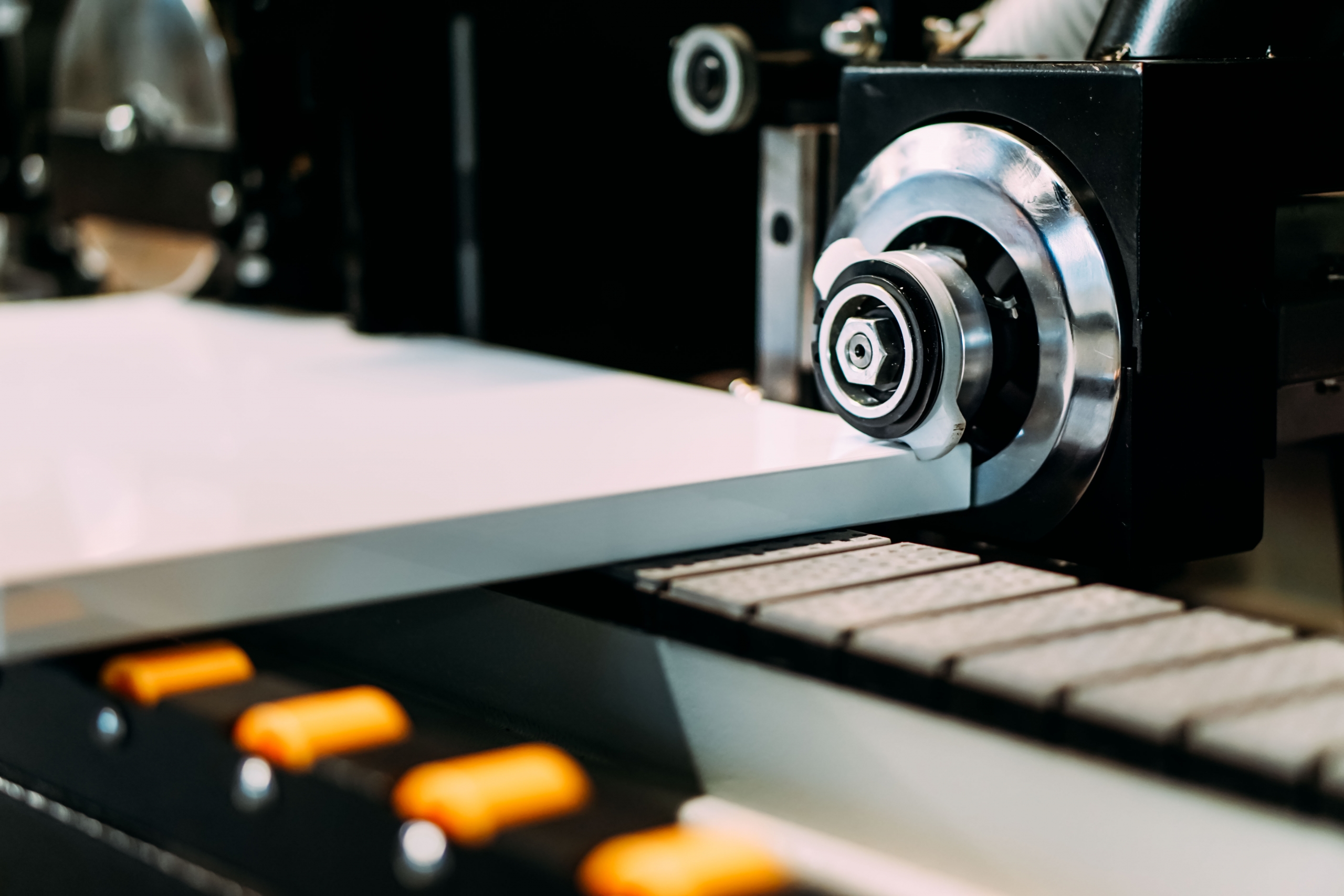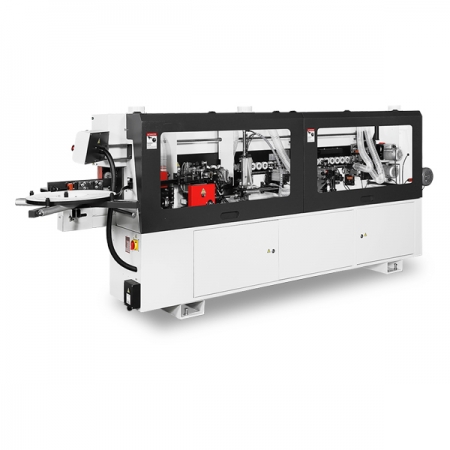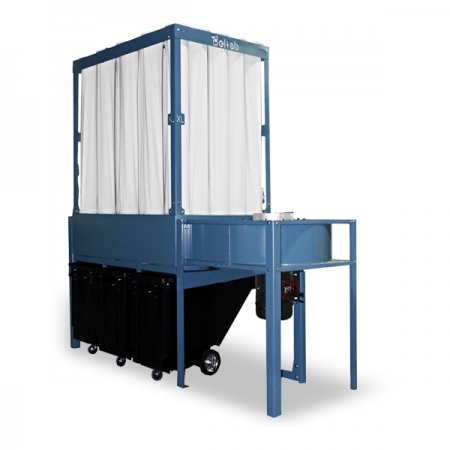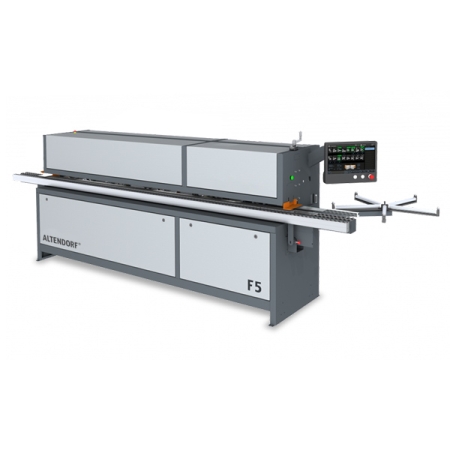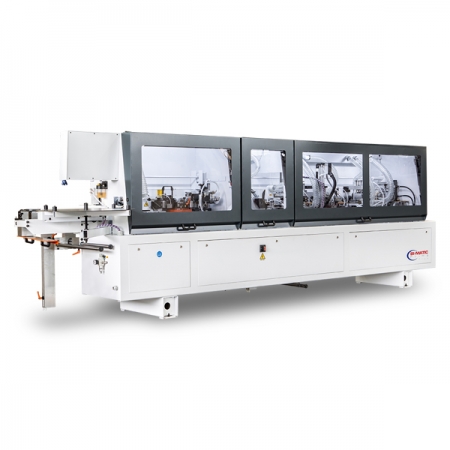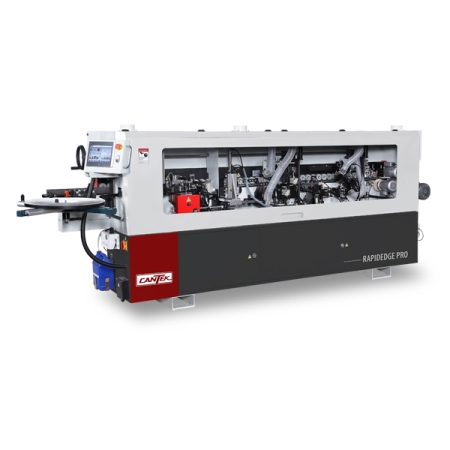Achieving optimum performance from your edgebander.
Edgebanders tend to be one of the more complex machines to operate in a woodworking shop, and their performance has a vital impact on the quality of your finished product. Proper machine setup, maintenance, and cleaning play a major role in achieving the best edgebanding results. Below are some basic tips that can greatly reduce the downtime you experience on your edgebander and keep it producing quality components.
Power
Virtually all edgebanders today come with sophisticated electronics such as PLC’s and inverters. Most standard woodworking machines allow for input power variations of up to 10% plus or minus. Equipment with electronics has a smaller threshold for input power variation, whereas they can accept only +/- 5%. Power is outside of this threshold can cause issues with the controls resulting in machine inconsistencies and can cause the machine to operate inconsistently. If your power is above or below the 5% threshold, you should consider installing a transformer. If your power is inconsistent, we highly recommend an isolation transformer that isolates the highs and lows of your incoming power, delivering a more constant voltage to your machine. These tend to be more expensive but are worth the extra money.
Dust Collection
An area that is often overlooked but possibly the most important factor in achieving quality edge banded parts is proper dust collection. Machines are often installed into an existing shop, and the dust system has been altered over time without regard to optimum airflow. If you are not removing the chips and dust properly, you can contaminate your glue pot or leave chips on the material surface, which can cause inconsistencies with various tracing shoes or rollers. Ducting should be designed in a way to optimize airflow. Gradual angles rather than sharp 90o turns ensure less resistance. Work with rigid steel ducting for as much as you can while minimizing the use of flexible ducting. Flexible ducting has more friction, and this can greatly affect airflow.
Compressed Air
Edgebanders are full of pneumatics that operate pre-milling units, pressure sections, end trim saws, cleaning devices and more. When talking about air, there are two things to pay close attention to Supply and Quality. It is essential to have enough air volume coming to the machine so that the various pneumatic devices are not starved for air when they are in use. This can cause inconstancies resulting in material defects. It is strongly recommended to have a dedicated supply line to the machine and eliminate the use of a quick-connect fitting. This will reduce airflow. A ½” dedicated line will ensure optimum airflow. The quality of the air coming to the machine is vital. The temperature in many shops can vary throughout the day and night, and moisture can build up in the lines. This air will travel into the pneumatics even with a line filter installed. This can cause the pneumatics to be sticky, resulting in malfunctions. The seals on valves and cylinders can also wear out prematurely, resulting in costly repairs and downtime. Having an air dryer installed is highly recommended and drains the airlines’ water each morning before use.
Cleanliness
It may seem basic, but cleanliness is often overlooked in woodworking shops. Dust and chips can create havoc in many of the moving components of your edgebander. The working units can gradually fail, and you will see your edge quality deteriorate accordingly. When blowing out your machine, blow the chips away from the gluepot. This is critical, especially when the pot is warm. Edgebanding trimming and dust will accumulate around the glue gate, which can cause issues with its operation. Clean off the glue spindle gates after each use to ensure they can open and close freely. It is recommended to do a full clean on the gluepot quarterly. If your gluepot is Teflon coated, this process is quite simple. When the glue is warm, place some wood strips in the gluepot standing up. Let the pot cool down overnight. Come in the next day and turn the gluepot on. When it gets to 100o, the glue will separate from the bottom of the gluepot, allowing you to remove the wooden sticks with the glue. Continue to use a wooden scraper to remove any excess glue in the pot. Some then choose to use a gluepot cleaner to do a full clean.
Lubrication
Depending on the brand of edgebander you own, your glue pot may require regular amounts of high-temperature grease. As the gluepot operates at a high temperature, you want to regularly lubricate the bearings with quality high-temperature grease to ensure they do not wear prematurely. It is important to refer to the manual’s recommended lubrication specification and intervals. It is important to lubricate the conveyor chain bi-weekly. This will prevent premature chain wear. The lack of lubrication or the use of incorrect oil will result in defective or malfunctioning cylinders and valves.
Glue Quality
It is important to follow the manual and use the recommended glue and operating temperatures. Using incorrect glue and heat can result in poorly bonded workpieces and damage to your glue pot. Store glue in a sealed container to prevent impurities from entering the gluepot and ensure optimum quality of the glue.
Sharp Tooling
Often overlooked as it can’t be easily seen is the sharpness of the tooling. Dull tooling can result in poorly machined edges. Always have a spare set of tooling on hand and inspect your panels closely to see when edge quality begins to decline. Dull tooling can also be difficult on the trimmer motors as they require more force to cut the material, leading to premature wear.
Maintaining your edgebander and ensuring it is kept clean is critical to its overall performance. Often edgebanders are neglected, and problems arise, resulting in poor quality output, defective parts, and expensive repair fees. By following the tips provided above, you can ensure the best possible environment for your edgebander, saving you a lot of headaches in the future.
Stay tuned for more hot topics and the latest service & support best practices in the market.
Akhurst Machinery. Building Trust. Creating together.
